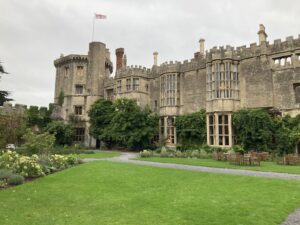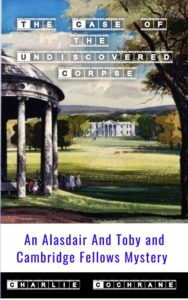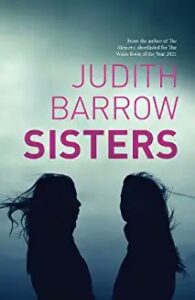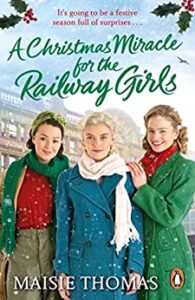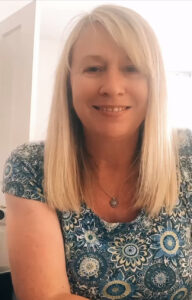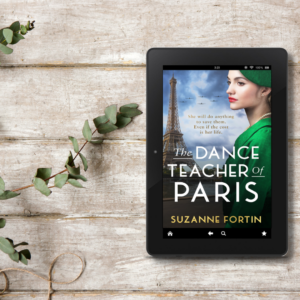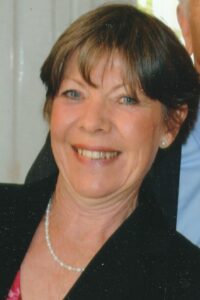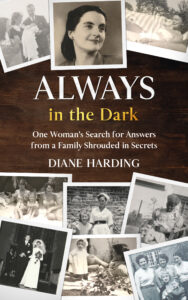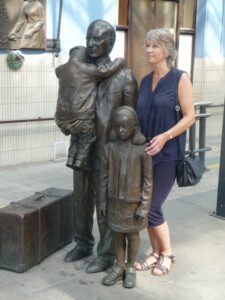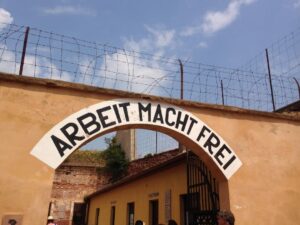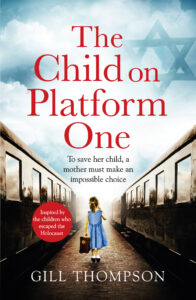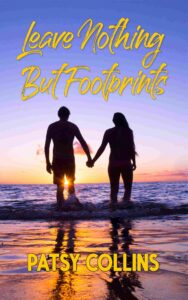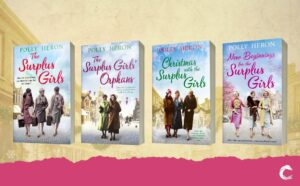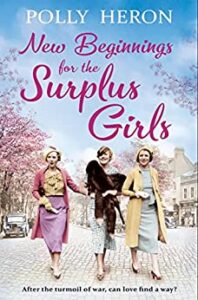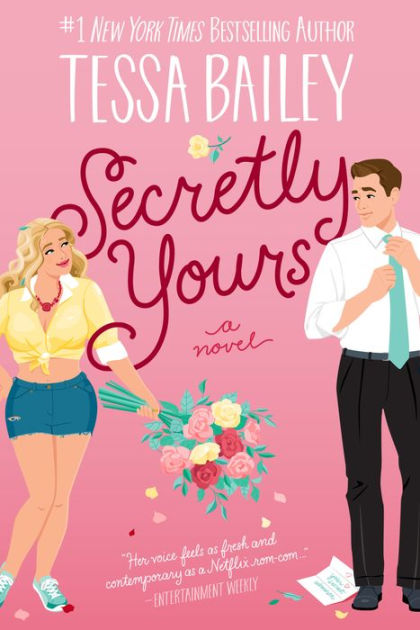 Secretly Yours by Tess Bailey.
Secretly Yours by Tess Bailey.
This is the first Tess Bailey book I have read and, damn, now I believe the hype. It’s fun, deep, rom-com steaminess. Secretly Yours is a fun book with so many layers and excitement that I raced through it. Brilliant.
From #1 New York Times bestselling author and TikTok favorite Tessa Bailey comes a steamy new rom-com about a starchy professor and the bubbly neighbor he clashes with at every turn…
Hallie Welch fell hard for Julian Vos at fourteen, after they almost kissed in the dark vineyards of his family’s winery. Now the prodigal hottie has returned to their small Napa town. When Hallie is hired to revamp the gardens on the Vos estate, she wonders if she’ll finally get that smooch. But the grumpy professor isn’t the teenager she remembers and their polar opposite personalities clash spectacularly. One wine-fueled girls’ night later, Hallie can’t shake the sense that she did something reckless—and then she remembers the drunken secret admirer letter she left for Julian. Oh shit.
On sabbatical from his ivy league job, Julian plans to write a novel. But having Hallie gardening right outside his window is the ultimate distraction. She’s eccentric, chronically late, often literally covered in dirt—and so unbelievably beautiful, he can’t focus on anything else. Until he finds an anonymous letter sent by a woman from his past. Even as Julian wonders about this admirer, he’s sucked further into Hallie’s orbit. Like the flowers she plants all over town, Hallie is a burst of color in Julian’s grey-scale life. For a man who irons his socks and runs on tight schedules, her sunny chaotic energy makes zero sense. But there’s something so familiar about her… and her very presence is turning his world upside down.
Secretly Yours is available here.
The Ex Next Door by Jo Platt.
If you want to immerse yourself in a pacy romance with characters you love, and others you can hate, then grab a copy of The Ex Next Door. A smart idea well executed.
Thank you, n(ex)t.
After burst pipes destroy Esme’s city-centre flat, she temporarily relocates to a delightful and small cottage in a village on the edge of town. The change is a big one, but Esme soon settles in and, as the art gallery she co-owns with her business partner, David, continues to thrive, life is sweet.
Until Elliot – an ex whom she hasn’t seen or spoken to for years – moves in next door, along with his perfect new girlfriend, Morgan. Suddenly, Esme’s past is right on her doorstep, or at least just over the fence.
When Elliot and Esme decide to keep their former relationship a secret from those around them, their subterfuge sets off a chain of events which not only forces Esme to re-evaluate her past relationship with Elliot, but also puts her friendship with David under the microscope and under pressure.
A laugh-out-loud romance of second chances and near misses, perfect for fans of Mhairi McFarlane and Jenny Colgan.
The Ex Next Door is available here.
The Corner Shop on Foxmore Green by Lilac Mills.
I loved this wholesome and happy novel. It’s a lovely story about community and love. Single mum Rowena lives in a beautiful village with her daughter Nia. She has hopes and dreams and you root for her. Perfect for lovers of romance.
Can a new shop change the village’s future – and Rowena’s?
Single mum Rowena is always looking for ways for her and Nia, her four-year-old daughter, to live more sustainably. So when she visits a zero-waste shop in Cardiff, she’s inspired to start one up in her home village of Foxmore, where local businesses and artisan shops are a core part of the community.
For Huw, it’s love at first sight when he bumps into Rowena the day he moves to Foxmore. But a series of misunderstandings keeps the two from getting closer, and now a conflict of interest over Rowena’s shop might put a stop to any fledgling romance…
When a figure from Rowena’s past makes a surprise appearance, both her shop and her relationship with Huw are suddenly under threat. Can Rowena still realise her corner shop dreams and find love?
A gorgeously fun and feel-good cosy romance, perfect for fans of Sue Moorcroft, Holly Martin and Suzanne Snow.



